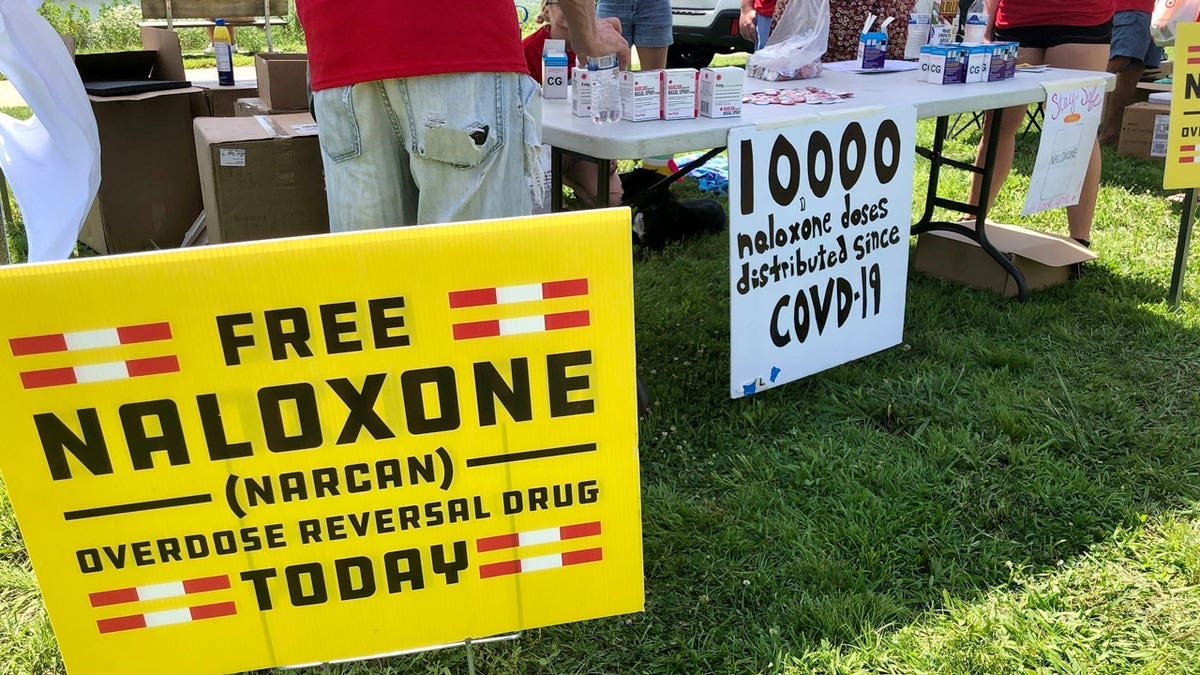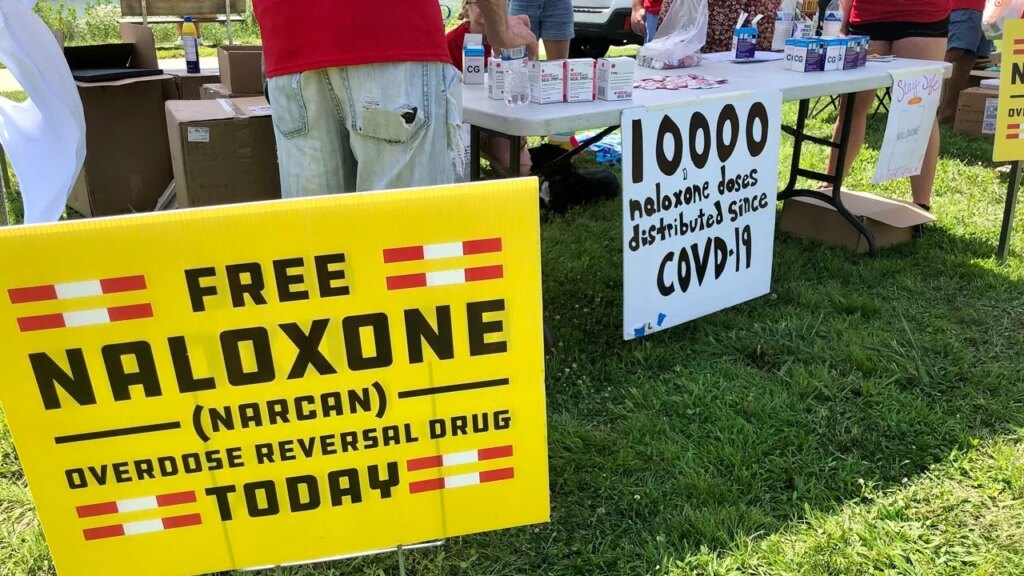NEWYou can now listen to Fox News articles!
Most people understand that our country is facing a crisis of opioid addiction and deaths. To combat this, you need proven solutions and resources. Yet, a lot of the money that is supposed to be spent combating that crisis is instead sitting idle in government bank accounts.
This isn’t taxpayer money; it’s part of a legal settlement that companies who were accused of recklessly fueling the opioid crisis agreed to pay to provide some relief to those communities ravaged by addiction. In late January, Purdue Pharma and the Sackler family agreed to increase the amount they’re paying to $7.4 billion. But many states and localities are sitting on millions that they seem oddly hesitant to spend.
Every state has money to distribute. Since 2021, companies involved in manufacturing and distributing legal opioids, along with some pharmacies, have agreed to pay approximately $50 billion in total settlements.
CIA USES DRONES TO SNIFF OUT CARTELS AND FENTANYL LABS IN MEXICO: US OFFICIAL
I was governor for eight years in New Hampshire, and the smartest thing to combat this crisis was to not hesitate. We don’t have all the answers regarding addiction, but we’ve made progress with the rest of the country has stalled.

Opioids remain a national crisis. FILE: Signs are displayed at a tent during a health event, June 26, 2021, in Charleston, W.Va., Naloxone is a drug that reverses the effects of an opioid overdose by helping the person breathe again. (AP Photo/John Raby, File)
When I took office in 2017, we had the second-highest opioid overdose death rate in the country. Since that time, our overdose death rate has dropped over 30%, while the national average continued to climb. We now rank twenty-second, and we have the lowest overdose death rate in New England. (Recently, for the first time in years, the national opioid death rate has begun to decline.)
When I took office, heroin and opioid pills were cheap; those who tried to recover couldn’t get help. Waiting lists for treatment were more than six weeks long. I went right to the people on the front lines of the crisis to find the answers. They knew that addicts could best be reached right after an overdose. If there was no readily available treatment, their patterns would just continue.
Two essential changes helped us lower our rate. We changed our approach to treatment beginning in 2019 through what we call The Doorway program. This new system design was founded on one critical thesis, rural access to care was the greatest barrier to functional addicts. Addiction rates were far greater in rural areas than anything seen in our small cities, but all the resources and treatment programs were located in the cities and out of reach of the average citizen.
With nine regional Doorway locations, help is always within an hour’s reach for anyone in the state. The program is funded primarily through the federal State Opioid Response (SOR) grant, and has let us expand the use of medicine, peer support and techniques for prevention.
In the first six months, more than 3,200 people sought help through the Doorway, and monthly client numbers continue to rise. By destigmatizing addiction and simplifying the process for seeking help, the program helped cut the numbers of overdoses and deaths.
CLICK HERE FOR MORE FOX NEWS OPINION
Police officers and treatment experts can’t be everywhere all the time, so we also invested over $3 million to put naloxone, which can reverse the effects of opioids in someone who has overdosed, just about everywhere we could. Early in my administration, we decided that if our streets were to be flooded with deadly drugs like fentanyl, we needed to flood them with life-saving opioid reversal medicines.
We then changed our laws to ensure that all first responders, whether they be fire or police, could administer life-saving naloxone, without fear of unnecessary training or liability concerns.
When I took office in 2017, we had the second-highest opioid overdose death rate in the country. Since that time, our overdose death rate has dropped over 30%, while the national average continued to climb.
New Hampshire also became the first state to install NaloxBoxes in public spaces, for first responders, but also anyone who might overdose. Our Good Samaritan laws also allowed numerous instances where naloxone was administered by bystanders before emergency services arrived and directly saved lives.
CLICK HERE TO GET THE FOX NEWS APP
Ken Trogdon, whose nonprofit HarborPath works with states and organizations to distribute naloxone where it’s most needed, emphasizes its importance. “As a nation, we need to get this life-saving drug within arm’s length of everyone who might potentially need it. Unfortunately, that means we basically need it everywhere,” he says.
To date, states have received approximately $6 billion of the $50 billion they are slated to receive from opioid settlements. Yet reports suggest that as much as a third or even half of these funds remain unspent. That’s not good enough. I implore governors and mayors across the country to not hesitate, think creatively, and find results-driven solutions similar to what we put here in New Hampshire to increase access to life-saving care. The strategies we’ve implemented are working, and no one across America can afford for this fight to be halfhearted.







